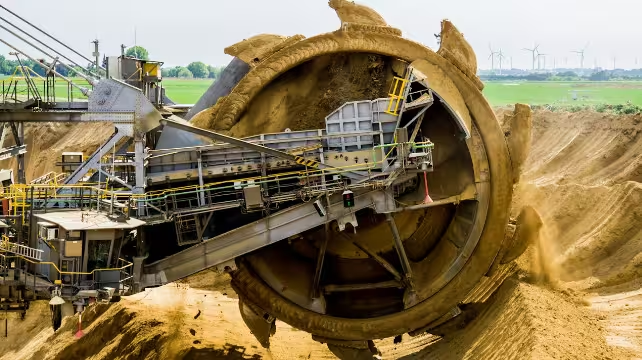4 Minutes
Coffee Grounds: A Surprising Solution to Concrete's Environmental Challenges
Every year, the world faces a dual challenge: managing mountains of coffee waste and reducing the environmental footprint of concrete, a vital material in our urban infrastructure. New research from Australia reveals an innovative path forward—by transforming used coffee grounds into a potent material that strengthens concrete while promoting sustainability.
The Global Scale of Coffee Waste and Construction Demand
Globally, more than 10 billion kilograms (22 billion pounds) of coffee grounds are thrown away each year, with most ending up in landfills. This not only represents a huge loss of organic resources but also poses a significant environmental issue. As organic waste decomposes, it releases greenhouse gases like methane and carbon dioxide, major contributors to climate change. Simultaneously, the booming construction industry continues to drive voracious demand for concrete, which depends heavily on finite resources such as natural sand extracted from riverbeds and banks. This unsustainable extraction has led to habitat loss, water table depletion, and increased environmental stress on ecosystems.
The Science: Turning Coffee Waste Into High-Performance Concrete
Organic waste such as coffee grounds cannot be simply mixed into concrete, as it would weaken the final material by leaching undesirable chemicals. To solve this issue, researchers at RMIT University developed a low-energy process known as pyrolysis. In this process, spent coffee grounds are heated above 350°C (around 660°F) in the absence of oxygen, breaking down the organic material into a carbon-rich substance called biochar. This biochar is porous and structurally robust, enabling it to bond with cement particles and reinforce the concrete matrix.

Engineering tests revealed that incorporating biochar made from coffee grounds can increase the compressive strength of concrete by up to 30% compared to conventional mixes. Interestingly, the strength of the resulting material diminishes when the pyrolysis temperature exceeds 500°C, signifying an optimal processing range for transforming coffee waste into construction-grade biochar.
Environmental and Practical Benefits of Coffee-Enhanced Concrete
This new approach addresses several environmental concerns at once. By diverting organic waste from landfill, it cuts greenhouse gas emissions and promotes a more circular economy. Furthermore, substituting a portion of natural sand in concrete production with coffee-derived biochar reduces the pressure on fragile river ecosystems and helps conserve finite natural resources.
RMIT University engineer Jie Li emphasizes the magnitude of this achievement: "The ongoing extraction of natural sand around the world to meet the rapidly growing construction industry has a big impact on the environment. With a circular-economy approach, we could keep organic waste out of landfill and also better preserve our natural resources."
Future Directions and Broader Implications
The research team acknowledges that the technology is still in its early stages. Current studies are focused on evaluating the durability of coffee biochar-infused concrete under various stressors, including freeze-thaw cycles, water absorption, and abrasion. Additionally, researchers are testing biochar produced from other organic wastes, such as wood chips, food scraps, and agricultural residues, potentially opening the door to even more sustainable construction materials.
Shannon Kilmartin-Lynch, a member of the research team, shared: "Our research is in the early stages, but these exciting findings offer an innovative way to greatly reduce the amount of organic waste that goes to landfill." Drawing inspiration from Indigenous perspectives on environmental stewardship, the team is committed to developing practices that respect the lifecycle of materials and minimize their environmental footprint.

Conclusion
The integration of coffee waste into concrete production represents a promising step toward more sustainable construction and waste management. By embracing advanced material science and circular economy concepts, scientists are charting a smarter, greener path for cities worldwide—turning yesterday's coffee into tomorrow's stronger, more sustainable buildings.



Comments